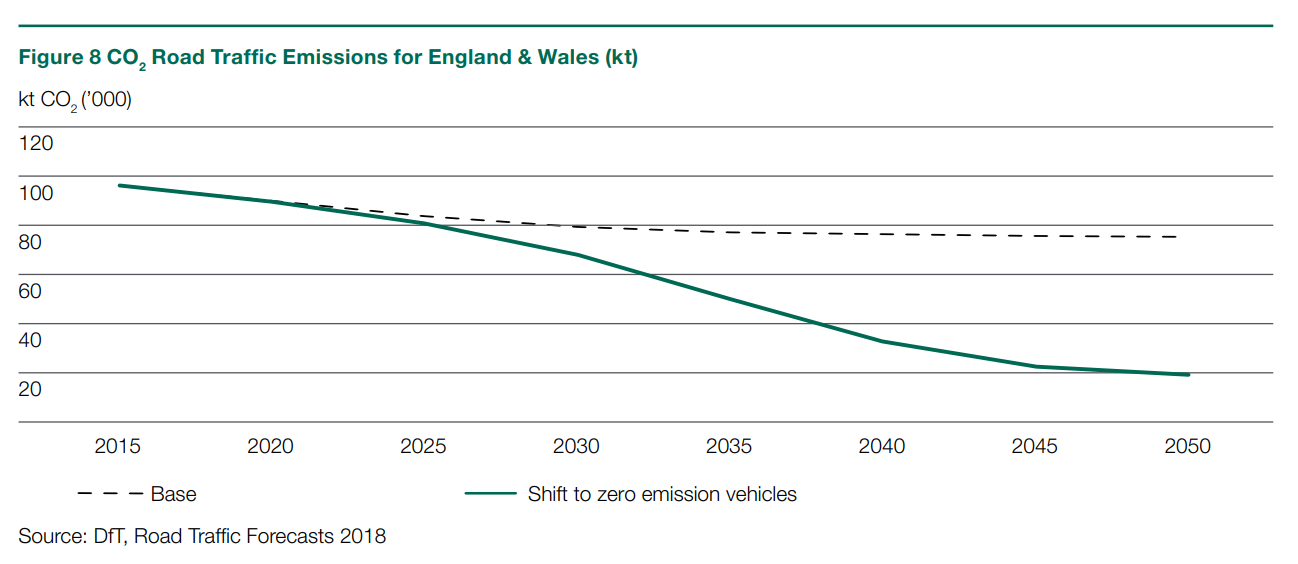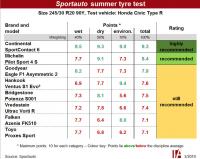DfT transport strategy points to green, electric and connected future

Tyre likely to receive increased particulate focus in future
The government has published its future transport strategy. After highlighting mobility trends towards increased take-up of electric vehicles, increased amounts of vehicle connectivity and increased ecological consciousness, the strategy focuses on four “next steps”: Implementing a flexible regulatory framework, Supporting industry and local leaders, Ensuring government decision-making is robust; and continuing established technology-specific plans. In other words its about electric mobility, data connectivity and better environmental performance.
The first point – referring to the future regulatory framework – is particularly of interest to the automotive industry as follows four areas of focus. Three of these are already seen as key trends to OEMs and the tyre industry alike – namely Mobility as a Service (MaaS); Transport data; and modernising bus, taxis and private hire vehicles legislation.
However, the overall trends can be summed up like this – in the future mobility will be increasingly electric and increasing connected across both passenger and commercial vehicles. Indeed, the fact that 16 of the UK’s largest van fleets have already committed to zero tailpipe emissions from vans in cities by 2028 makes this point particularly well.
However, the DfT’s “Shift to ZEVs curve” (see chart) assumes approximately 97 per cent of the car and light goods vehicle fleet will be powered by electricity by 2050. The same forecasts do not assume that Heavy Goods Vehicle and bus fleets move to zero emission technologies, and therefore greater emission reductions than modelled here could be realised in road transport when then do.
Owing to the fact that the market is aiming for “zero tailpipe emissions”, as particulate emissions from exhausts have been decreasing, “brake wear, tyre wear and road wear have become the largest source of particulate emissions from road transport, and are expected to become increasingly important.”
In other words, it looks like OEMs and the legislature will increasing look to tyres tyre makers to do more to decrease particulate matter. In fact the DfT points out that it issued a call for evidence in 2018 to help “understand and quantify the scale of the problem.”
The final key trend is data. We all know data and connectivity are important trends, so it is no surprise that the government would include details of how these trends should be reflected in the ongoing transport strategy. As the report says, “Vehicles capable of communicating with each other and with infrastructure have the potential to provide information to network operators and users in real time to optimise fleet and network management.” However, the current scale will surprise some. According to the DfT, “estimates suggest there are at least 3 million vehicles with internet connectivity [already] on UK roads”. But it doesn’t end there, but the end of next year internet connectivity will be a dominant characteristic on new vehicles, with “50 per cent of new vehicles expected to be connected by 2020.”
For those wanting to understand more as well as to read the above details in their original setting, the complete document is available online, here: https://assets.publishing.service.gov.uk/government/uploads/system/uploads/attachment_data/file/786654/future-of-mobility-strategy.pdf




Comments